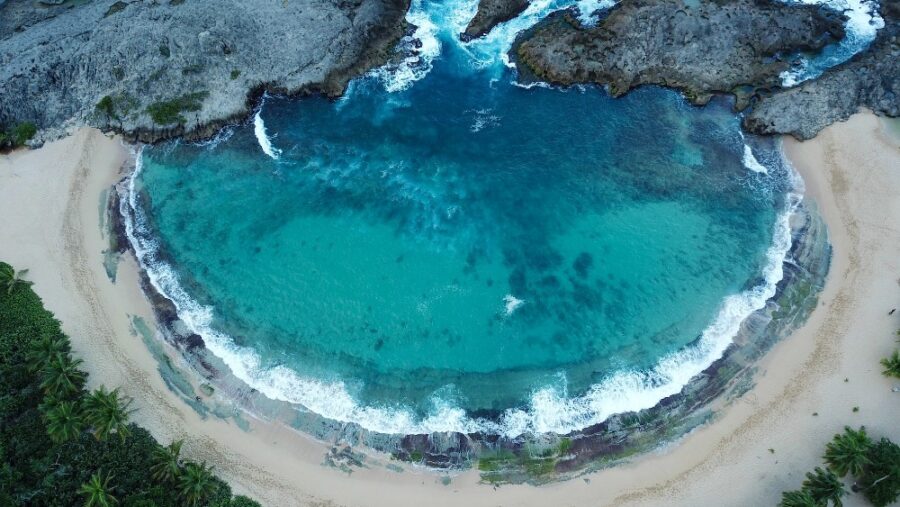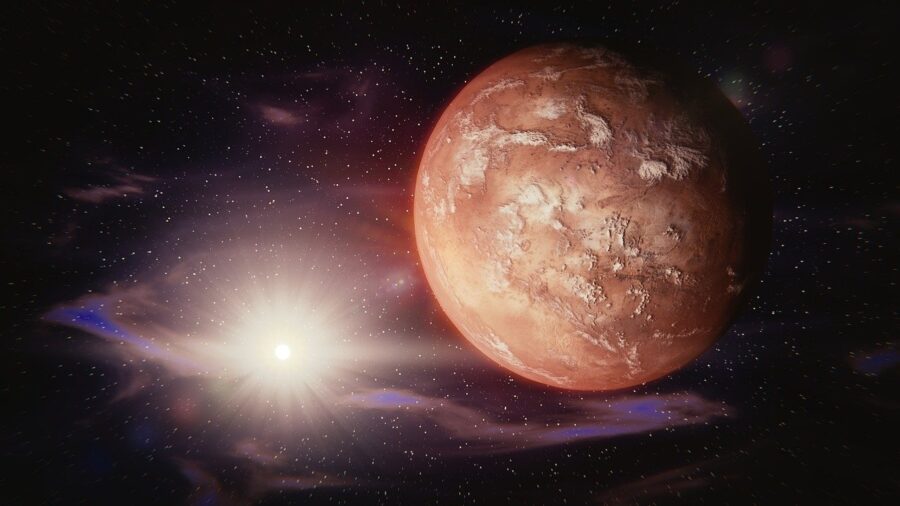Hidden Lagoon Discovered, Contains Ancient Living Fossils

On an Argentinian plateau in Puna de Atacama’s salt plains, scientists have recently found an entire system of lagoons that are part of an ecosystem that had until now been hidden. Within these lagoons are giant layered rocks called stromatolites that are formed via the photosynthesis of cyanobacteria, a kind of blue-green algae. These stromatolites could provide scientists with new insight into the earliest forms of life that developed on our planet and perhaps, emerging research suggests, life on Mars.
These hidden lagoons give scientists a view of life as it might have been on Earth 3.5 billion years ago.
Stromatolites like the ones found in this newly discovered hidden lagoon system are believed by scientists at NASA to be one of our planet’s oldest ecosystems. They contain the oldest fossil record of life on Earth from some 3.5 billion years in our past.
According to one of the University of Colorado Boulder’s geological sciences professors, Brian Hynek, the fossils found in these stromatolites represent something like Earth’s earliest macrofossils in an environment that is very rare on our planet.
These hidden lagoons give scientists a view of life as it might have been on Earth 3.5 billion years ago. In the Precambrian era of our planet’s prehistory, which ran from about 4.6 billion to 541 million years ago, stromatolites were quite common and spread across the globe. At this point in our history, they’re found in only a few places worldwide.
But ancient stromatolites like the ones found in the hidden lagoons of Puna de Atacama are much larger than the ones seen on our planet now, measuring as much as 20 feet (6 meters) tall and 16 to 22 feet (5 to 7 meters) wide. The newly discovered stromatolites are not quite as large as that, topping out at around 15 feet (4.5 meters) wide. Hynek says it is not known for certain how these stromatolites came to be so large, though he believes it could be the fact that their ecosystem has remained undisturbed for so long.
The Mars Connection

It is possible, according to Hynek, that the stromatolites found in the hidden lagoons are the result of anoxygenic photosynthesis from microbes. If this is the case, it could provide us with a greater understanding regarding the possibility of life on mars. Since the red planet contains over 600 ancient lakes, it’s possible it could also have at one time had an ocean, meaning it was potentially much more like Earth in its earlier millenia.
These stromatolites found in the hidden lagoons also contain halite and gypsum, minerals that are known to be in abundance on Mars. The question is whether Mars ever developed life through photosynthesis, but if it did, according to Hynek, these stromatolites are exactly where we would expect to find it.
There are other issues at play, such as when oxygen developed on Mars and whether conditions could have been right at some point in the planet’s past to produce life, but studying these ancient stromatolites will help us learn more about our planet’s early history and provide insight into life on other worlds.
Source: CNN












